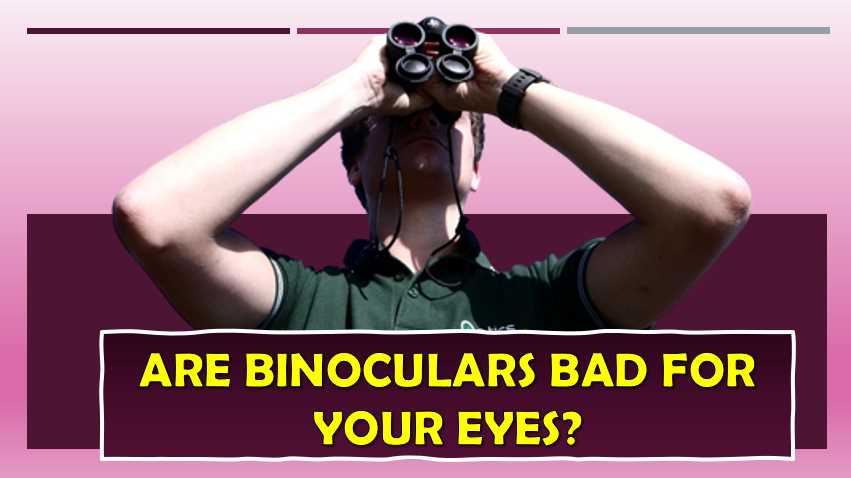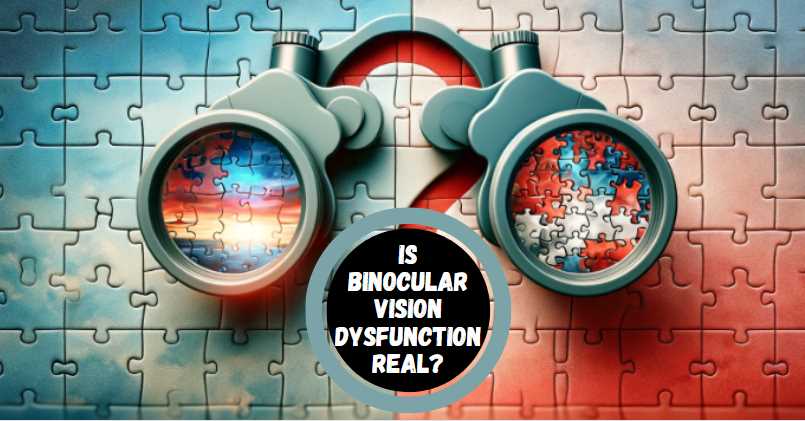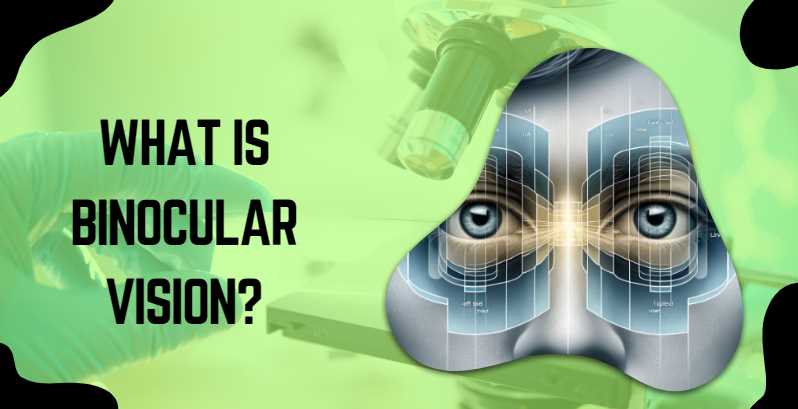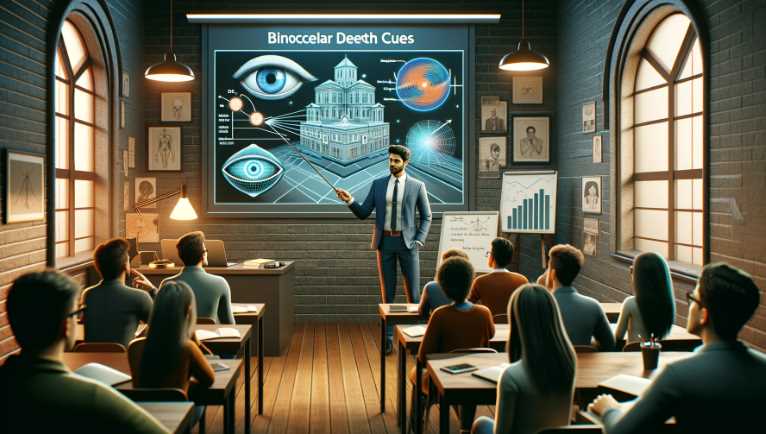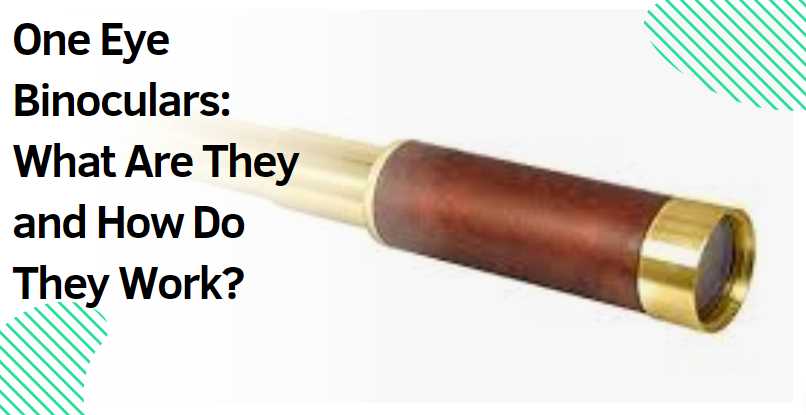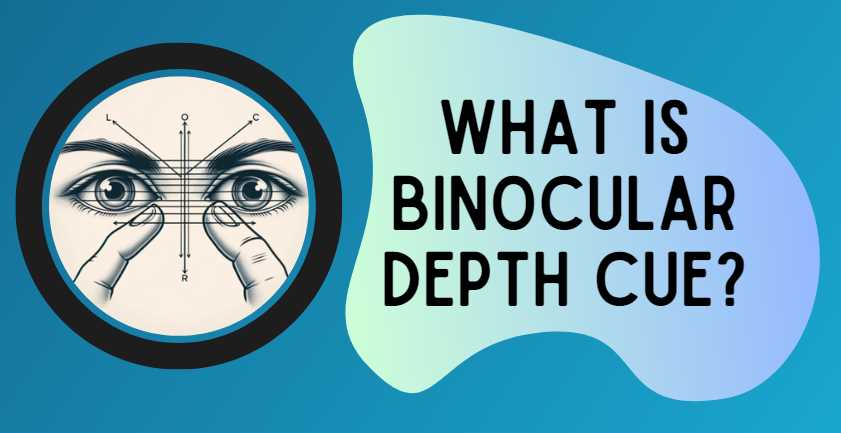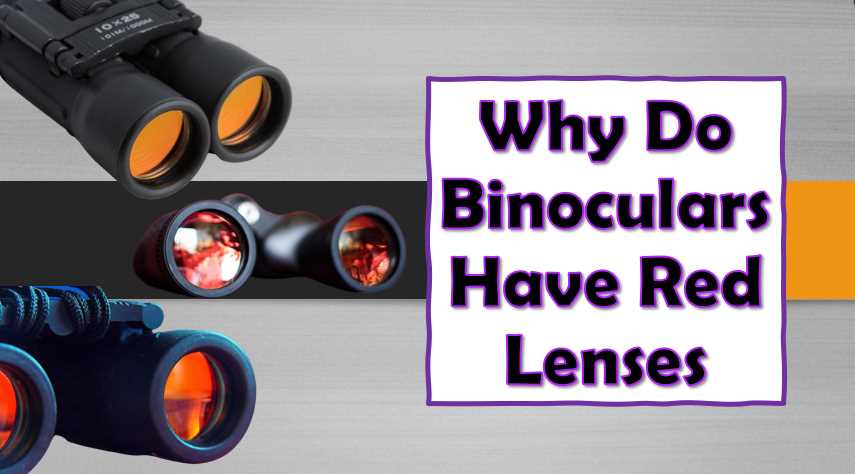Can you bring binoculars to a concert? 7 Tips With Video
Yes, you can bring binoculars to a concert. Binoculars are generally allowed at concerts, as they are considered a non-disruptive item that enhances the individual’s viewing experience without causing disturbance to others. However, it’s advisable to check the specific concert venue’s rules and regulations, as some venues may have their own policies regarding certain items. […]
Can you bring binoculars to a concert? 7 Tips With Video Read More »

